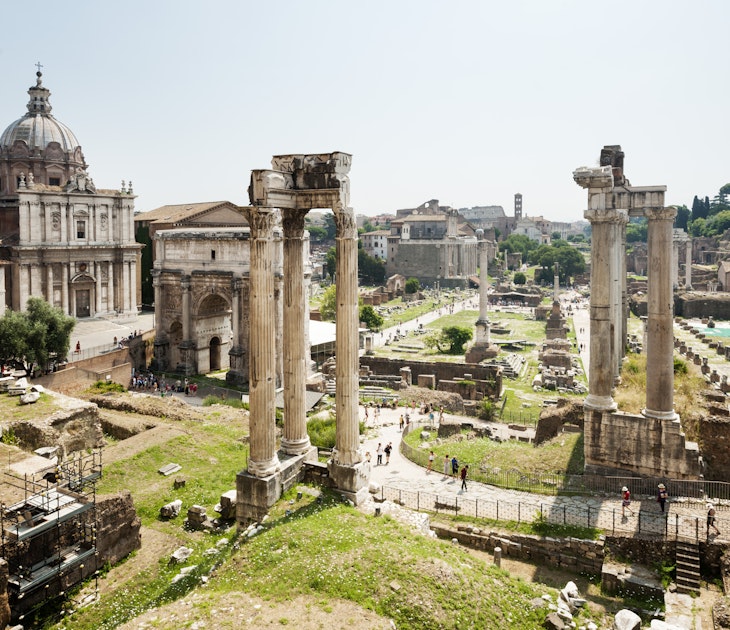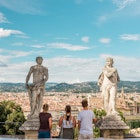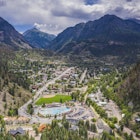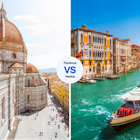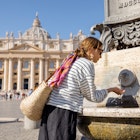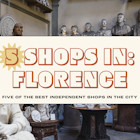The delights of both Rome and Florence are reason enough for a trip to Italy. Each of these romantic cities figures prominently on the bucket lists of travelers worldwide. But if you only have time for one, which should you pick?
A summary of each goes from strength to strength, but vital differences between the two cities will help you in your trip planning. Rome is a heady mix of haunting ruins, awe-inspiring art and vibrant street life. It’s one of the world’s most charismatic cities. But as surprisingly small as Florence is, the riverside city looms large as the cradle of the Renaissance. Florence is magnetic, and its narrow streets evoke a thousand tales.
Let’s see how the two cities stack up.

Which has better art and architecture?
Both Rome and Florence are places of art and architecture. Their masterpieces are nearly countless, and their “second tier” works would be first tier anywhere else.
Discover Rome's epic buildings
Rome’s art begins with the Etruscans and the ancient Romans and continues with its world-class street art today. Consider just two of the extraordinary ancient sites. The Colosseum, Rome’s great gladiatorial amphitheater, encapsulates all the blood and thunder of ancient Rome and 2000 years later remains a model for stadiums the world over. The Pantheon, with its revolutionary design, is an awe-inspiring temple that has served as an architectural blueprint for millennia.
Over at the Vatican, the vast museum complex’s historic collection of classical art culminates in the Sistine Chapel, where Michelangelo’s frescoes are among the world’s most famous works of art. Under his dome at St. Peter’s Basilica, marvel at Michelangelo’s Pietà and many other celebrated masterpieces.

Florence is a treasure trove of Renaissance jewels
Florence’s wealth of museums and galleries house many of the world’s most exquisite examples of Renaissance art, and its architecture is unrivaled (do not miss the Duomo). The Uffizi is one of the world’s most famous art galleries, with rooms devoted to the likes of Michelangelo, Raphael, Leonardo Da Vinci, Caravaggio and Botticelli. A short stroll away, at the Galleria dell’Accademia, Michelangelo’s David continues to wow the masses just as it did when it was first unveiled in 1504.
These two galleries are not the only repositories of artistic masterpieces in Florence. Churches, chapels and a bevy of lesser-known museums showcase masterpieces galore. The city’s compact size means that almost everything is always just a short stroll away.
The winner: Oh, it hurts having to choose! Can we call it a draw?
For Renaissance art, nothing compares to Florence. The city has true iconic masterworks that are worth the pilgrimage just to behold them. But Rome is no slouch in this department either. While Florence has Brunelleschi’s dome on the Duomo, the Eternal City has Michelangelo’s dome on St. Peter’s. Plus, Rome has an ancient archeological sites as well as what’s arguably the more vibrant modern art scene. On the basis of breadth across time, we cautiously tip our hat to Rome.
What's the best Italian city for history?
Rome encompasses the course of history, and Florence stars in the Renaissance. Each city has been a prime location for major events across the sweep of time.
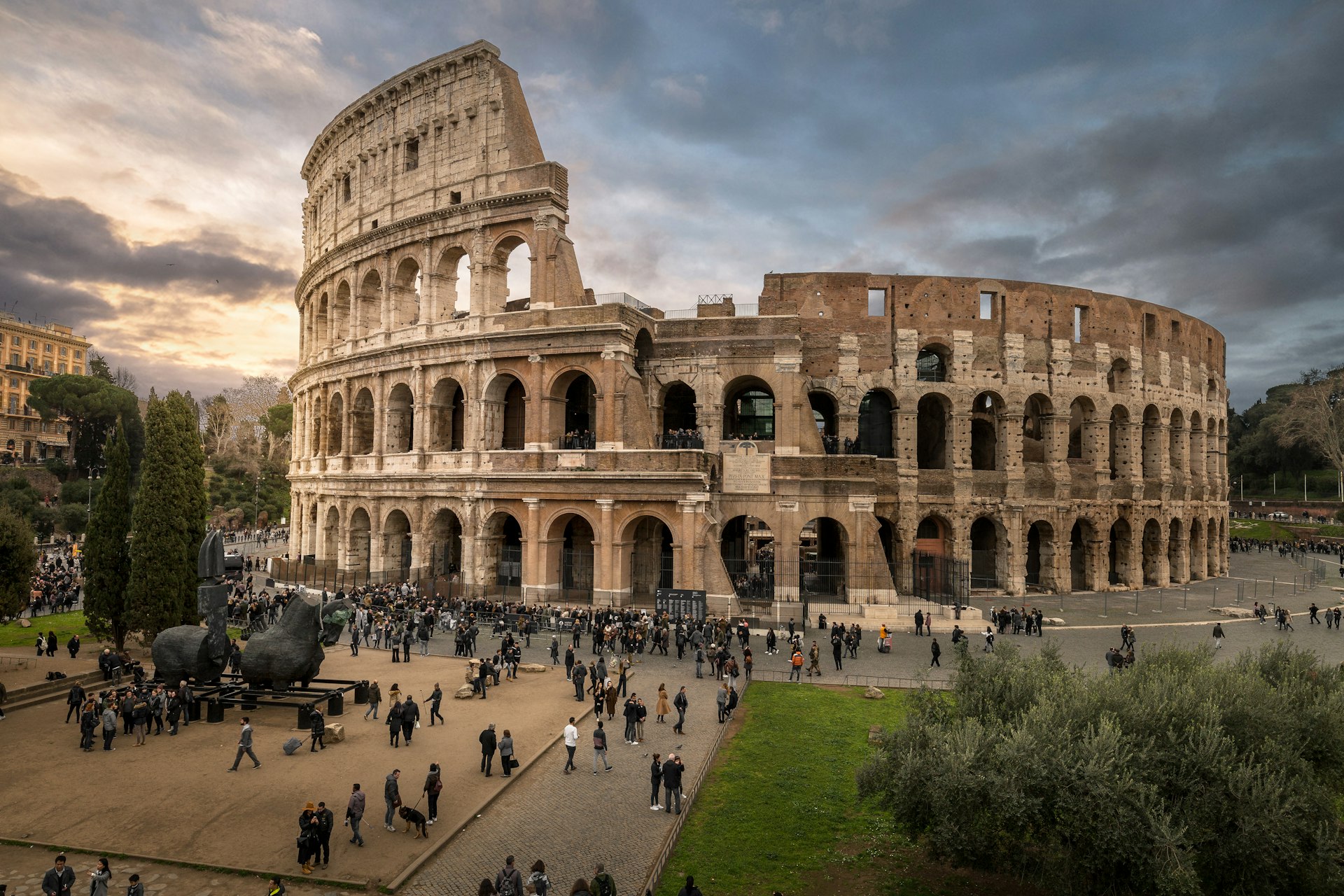
Gods, emperors and popes in Rome
From the Roman emperors through the drama of the popes to Mussolini, Rome stars – or at least makes an important appearance – in much of the narrative for the history of European culture.
Rome’s history spans three millennia, from the classical myths of vengeful gods to the follies of Roman emperors, from Renaissance excess and papal plotting to oppressive 20th-century fascism. Everywhere you go in this remarkable city, you’re surrounded by the past. Martial ruins, Renaissance palazzi (mansions) and flamboyant baroque basilicas all have tales to tell: of family feuding, historic upheavals, artistic rivalries, intrigues and dark passions.
Machinations and Medicis in Florence
Florence’s history centers on the powerful Medici dynasty and the birth of the Renaissance. To this day, it is the Renaissance, with its extraordinary art and architecture, that defines the city and remains Tuscany’s greatest moment.
Each of the characters of this era is memorable: Cosimo the Elder, Lorenzo, Galileo Galilei, Machiavelli, Savonarola and his “Bonfire of the Vanities,” et al. It’s the stuff of the movies, and countless films and TV shows have used the drama of the Florentine Renaissance for their central narrative.
The winner: Rome comes out top here. Tuscany has not been at the cusp of such momentous change since the Renaissance, but Rome features throughout world history and events there continue to shape our lives today.
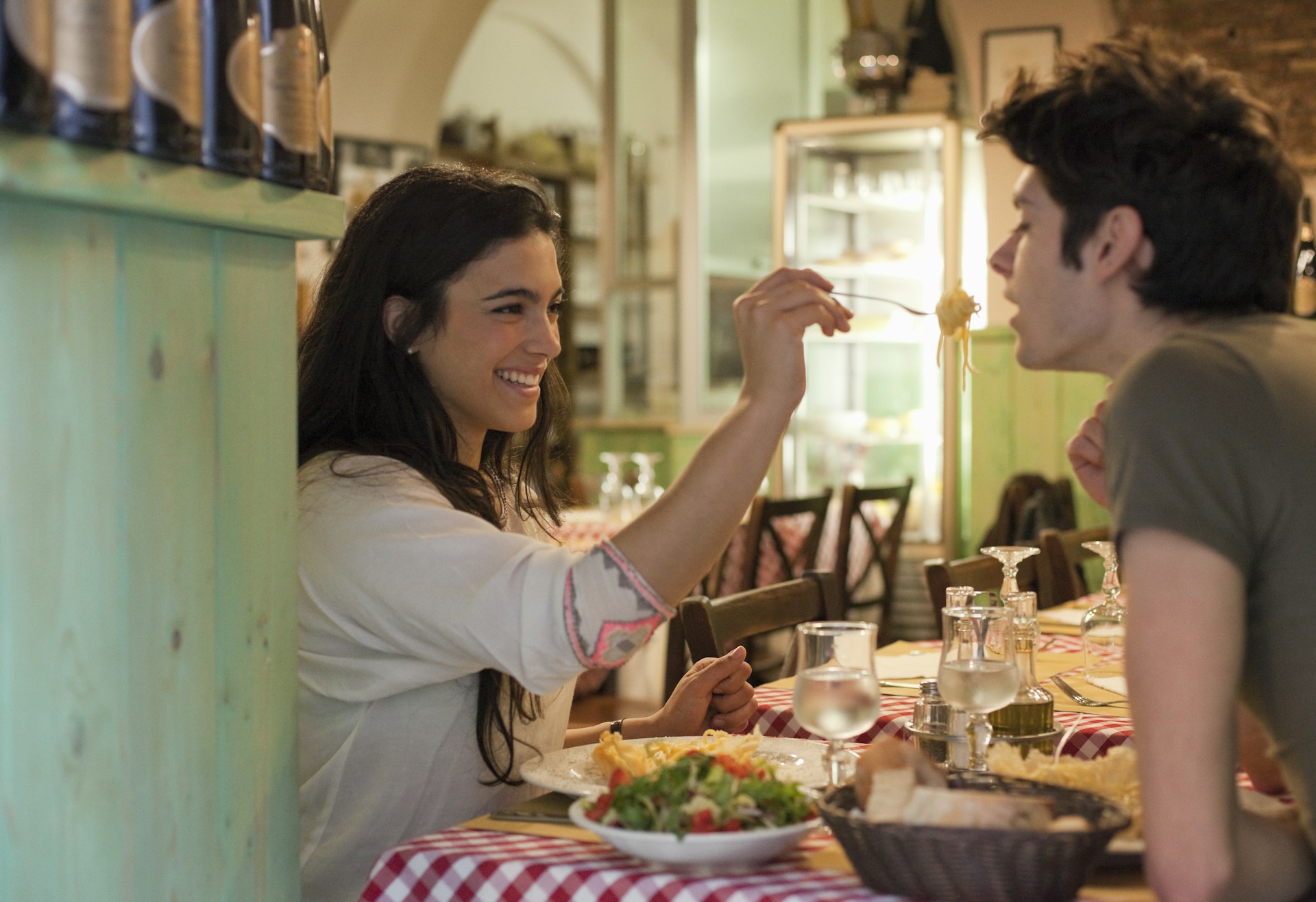
Is Rome or Florence better for foodies?
It’s Italy, need we say more about food and wine? Yes, because while you can eat and drink extraordinarily well in both Rome and Florence, the cities have important differences between them.
Try gelato in Rome
Like most Italian cuisines, cucina romana (Roman cooking) was born of careful adaptation of local ingredients, making use of cheaper cuts of meat, like guanciale (pig’s cheek), and greens that could be gathered wild from the fields. Almost every trattoria and restaurant in Rome will have at least a few classic Roman pasta dishes on the menu. Iconic Roman recipes include carbonara and cacio e pepe (with pecorino romano and black pepper).
Eating gelato is as much a part of Roman life as morning coffee: try it and you’ll understand why. After dark, Rome has a vibrant nightlife. Romans eat late and then drink at bars before heading off to a club around 1am.
Florence is the home of the Slow Food movement
Florence’s exceptional dining scene ranges from enoteche (wine bars) bursting with cured meats and cheeses to no-nonsense trattorias, bustling food markets, modern Tuscan cafes and innovative top-end restaurants.
The Slow Food movement was born in Tuscany, and the city meets every gastronomic taste with style and panache. The day’s end ushers in aperitivi (pre-dinner drinks), a sacrosanct ritual that’s big and buzzing in Florence. Glasses of stellar chiantis and other Tuscan wines are the norm. Meals feature platters of cured meats, cheeses and pâté-topped toasts, and mains include bistecca alla fiorentina, Florence’s iconic T-bone steak.
Wandering the streets with a fresh gelato made from extraordinary Tuscan ingredients is a ritual, but prowling the city’s cobblestones late at night to party is less so.
The winner: Rome has Tuscan restaurants, but Florence has few Roman restaurants. Although we’ll officially declare a tie in the narrow category of gelato, in almost every other category (except nightlife) we’ll give the nod to Florence.

Which is easier for day trips?
With fast trains taking about 95 minutes, Rome and Florence are both day trips from the other. But which is best for day trips into the surrounding region when you’re ready to explore beyond the city limits?
Explore lavish villas near Rome
Rome is Rome, why would you leave? the locals say. Local magnificence aside, it might also be the paucity of nearby world-class sights. Out at the nearby coast, Ostia Antica offers a chance to see the remains of a Roman port. Hilltop Tivoli is home to two Unesco World Heritage sites: Villa Adriana, the emperor Hadrian’s colossal country estate, and Villa d’Este, famous for its landscaped gardens and lavish fountains. Or head to the verdant Castelli Romani, which includes Castel Gandolfo, now open to the public by Pope Francis.
But other popular day trips from Rome all require hopping a fast train or a trip on the highways. Orvieto in Umbria has one of Italy’s most awe-inspiring Gothic cathedrals. Farther north, the treasures of Tuscany await. To the south, you'll find Naples and Pompeii.
Reach Italy's most famous sights from Florence
Day trips from Florence hit an all-star cast of Italian highlights. Pisa has that famous tower, Lucca embodies the medieval walled ideal, Siena is a hilltop paragon of Italian Gothic beauty, Arezzo has art, Chianti pours its incomparable wine – the list goes on and on. Just getting in a car and driving among the hill towns and lush valleys of Tuscany is reason enough to visit.
All of the top sights of the region are easily reached by frequent (and cheap) trains. More active jaunts are well suited for cycling, which you can do independently or on one of many organized tours.
The winner: Florence easily wins this round given that Tuscany is as tightly packed with fantastic day trips as the city is with art treasures.
You might also like:
Florence's must-see museums: from the sublime to the Renaissance
Top things to do in Rome
Florence's best neighborhoods: dining, duomos and la dolce vita


